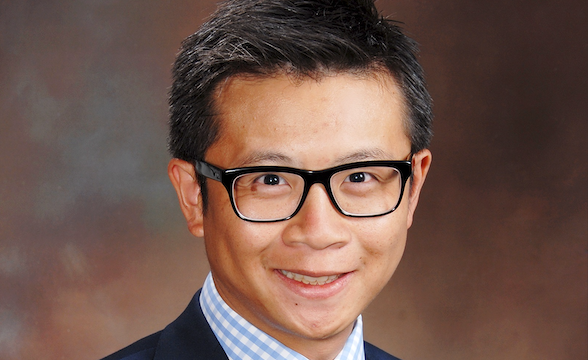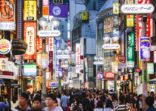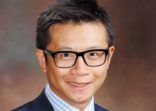Asia bonds have had a stellar performance in 2019.
To October, the asset class, which includes corporate and government bonds, has returned 11.4%, according to Sheldon Chan, associate portfolio manager for Asia credit bond strategy at T Rowe Price in Hong Kong. For the past 10 years, the asset class on average has returned around 6.6%, he noted.
However, he does not expect the same double-digit returns to continue in 2020.
“In the past decade, whenever you had Asia bonds dip into negative territory, what follows next is that they go up to double-digit returns, as we have seen in 2018-2019,” he said during a media briefing in Hong Kong.
“But typically after that, you see returns falling to low-t0-mid-single digits.”
Rolling 12-month total returns in Asia bonds*

Nevertheless, the firm remains “constructive” on the asset class as their fundamentals are expected to continue to be positive.
In government bonds, Chan noted that the major emerging Asian bond markets, including China, Korea, India, Indonesia, Thailand, the Philippines and Malaysia, now have positive credit profiles.
“In the past decade, these major economies have improved their credit profiles and have graduated to investment grade status,” he said.
On the corporate bond side, leverage, as measured by the companies’ total debt-to-Ebitda, have remained stable on average for Asia-based companies.
“Asia companies have continued to have stable credit metrics despite a slowdown in profit growth, which is contrasted with the deteriorating metrics of other emerging markets, such as Latin America.”

He also expects default rates of Asia high yield bonds to be low at around 1.5%-2% next year. In addition, the Asia high yield market has a higher percentage of bonds with better credit profiles than counterparts in the US, he said.
| Bloomberg Barclays US High Yield | JP Morgan Asia Non-Investment Grade Diversified Index | |
| BB | 48% | 61.50% |
| B | 38.70% | 36.70% |
| CCC below | 13.30% | 1.70% |
Source: T Rowe Price
“Asia high yield has a higher percentage of BB-rated bonds and virtually close to zero CCC-rated bonds.
“The market actually has better credit quality than the US, which reinforces the argument that Asia high yield is an attractive asset class,” he said.
However, all high yield bonds hold liquidity risk.
Last month, Deutsche Bank’s chief economist warned that “50% of high-yield holdings would face liquidity shortfalls if debt funds experienced redemptions equal to the worst percentile of asset outflows during 2000-2019”.
Global yields down
While Asian bonds have performed well this year, global counterparts have lagged, with around 25% of the global bond market now having negative yields, according to Thomas Poullaouec, T Rowe Price’s head of multi-asset solutions for Asia-Pacific, who also spoke during the briefing.
“Fixed income used to deliver and generate a stable stream of income, but the negative yield is having a major impact on how investors are looking at fixed income as an asset class,” he said during a recent media briefing in Hong Kong.
Within global fixed income, the firm favours bonds that have lower duration and higher yield, which include those in the global high yield space and emerging markets. Both asset classes have continued to yield within the 5%-7% range, which compares to the global average of around 1%-2%, Poullaouec said.
“Going into 2020, global high yield and emerging market debt are the ones we will favour, as they have also been able to deliver an attractive risk-adjusted return as measured by their Sharpe ratio,” he said.

The T Rowe Price Asia Credit Bond Fund versus various sectors in Hong Kong and Singapore


















